If you are unable to meet your nutritional needs by mouth, a feeding tube provides a way to obtain life-saving nutrients. Your doctor may have prescribed this method of feeding to deliver formula and water into your stomach by way of your feeding tube. The Enteralite Infinity pump is a feeding pump made by Moog. Read this article for step-by-step instructions for how to use the pump, or watch a video:
With the pump feeding method, formula is infused into your feeding tube with an electric/battery-powered pump. For some, this slow, metered infusion of formula may be better-tolerated than bolus or gravity methods.
Enteralite Infinity Pump
The Enteralite Infinity enteral feeding pump is light, portable and easy to use. It fits inside an enteral backpack with ease, so that you can go about your daily activities and still get the nutrition your body needs to stay active.
Supplies:
- 60 milliliter catheter tip syringe
- Room-temperature water
- Feeding bag
- Feeding Pump
- IV pole or Backpack
- Formula
Instructions:
- Wash your hands to reduce the risk of bacterial contamination.
- Get your supplies together: formula, 60 milliliter catheter tip syringe, room-temperature water, feeding bags, feeding pump and IV pole or enteral backpack (a pack designed to hold your feeding bag so you can feed on-the-go).
- Check the skin around your feeding tube. If you notice redness, pain, irritation or leaking around the site, notify your doctor or nurse.
- You should be sitting upright for your feeding and for 30 to 60 minutes afterward.
- Check the position of your feeding tube. You should have about the width of a dime between your skin and the external bolster. In most cases, the tube should turn freely.
- Place the tip of the syringe in the water and pull back on the plunger to draw up 30 to 60 milliliters of water (or the amount advised by your healthcare professional).
- If you have a low profile feeding tube, attach the extension tubing.
- Open your feeding port and flush the tube by slowly pushing on the syringe’s plunger. Flushing your tube before and after feedings helps to clear out any formula or medication residual to prevent clogging of your tube. Flush the tube every time you use it for feeding or medications or every time you turn the pump on and off.
- Hang the feeding bag from the IV pole so that the bag is at least 18 inches above you. If you have an enteral backpack, secure the bag inside and thread the tubing through the holes and out the back of the backpack.
- Insert the cassette into the feeding pump. The cassette is the blue loop part of the tubing connected to the feeding bag. The loop wraps around the rotor to push the formula through the tubing and into your body. Close the pump door and turn the pump on. Keep it plugged in if you are near an electrical outlet to keep the pump charged.
- Open the bag and pour in the desired amount of formula.
- Remove the cover on the tip of the feeding bag’s tubing. Position the tip of the tubing over a receptacle to catch any formula that drips out.
- Prime the tubing to release any air. This will prevent the air from going into your body and making you uncomfortable. You can do this manually or with the automatic prime feature of the pump. Manual priming may be faster.
- To prime the tubing manually, squeeze any air out of the bag and close it. Remove the cassette from the pump. Look for a raised tear-drop etched onto the blue part of the tubing. Gently press the tubing together with your thumb and index finger to allow the formula to free-flow through the tubing until it reaches the tip. Re-insert the cassette into the pump and close the door.
- To prime the pump using the prime feature, push and hold the prime button until the formula reaches the end of the tubing. Release the prime button.
- Attach the tip of the bag’s tubing to your feeding tube or extension tubing.
- Set the rate of the pump by pressing the “rate/dose” button until the word “RATE” is displayed on the screen. Push the “+” button until the desired rate is reached.
- Set the dose you want to deliver by pressing the “rate/dose” button until the word “DOSE” is displayed on the screen. If you want to set a specific amount, push the “+” button until the desired amount is reached. If you want the pump to simply shut off when the formula is gone, continue to push the “+” button until the “INF” (Infinity) is displayed on the screen.
- If you experience any symptoms of feeding intolerance, such as nausea or vomiting, diarrhea or abdominal bloating, contact your healthcare professional.
- When you are done feeding, disconnect the bag tubing from your feeding tube.
- Flush your feeding tube with water as above with the amount recommended by your healthcare professional.
- Close the feeding port and disconnect the extension tubing if applicable.
- Refrigerate any leftover formula for use within 24 hours.
- Wash and dry all equipment and your hands. Use a new syringe and feeding bag each day.
Follow these links for instructional videos on the Enteralite® Infinity® enteral feeding pump:
- Shield HealthCare Nutrition Community: Enteralite Infinity pump Instructional Video
- Infinity Pump Training Video
Click here to practice setting the Enteralite Infinity enteral pump online:
http://www.infinityfeedingpump.com/virtual-pump







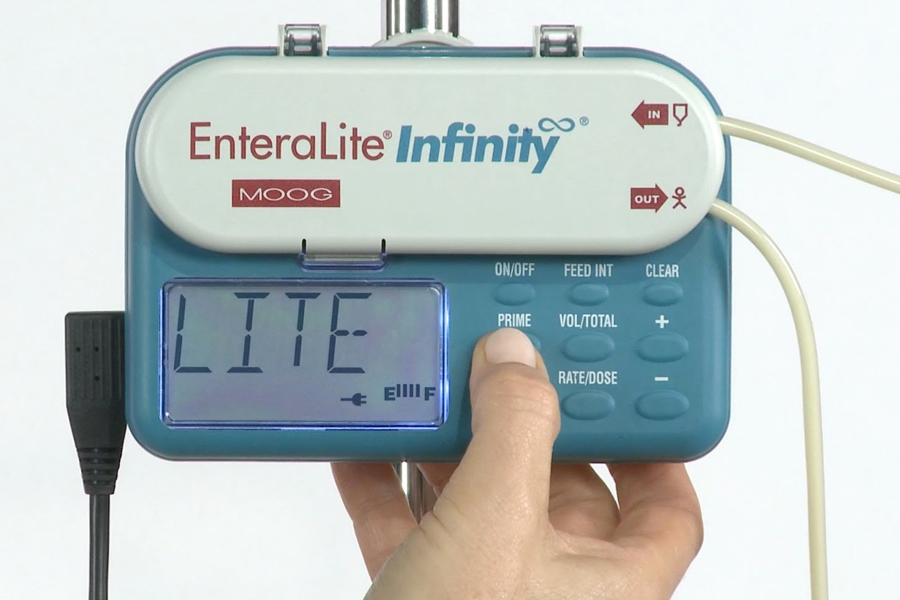
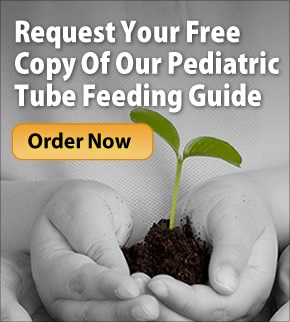





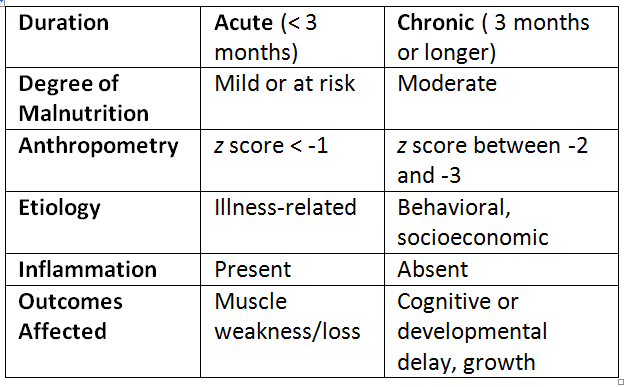


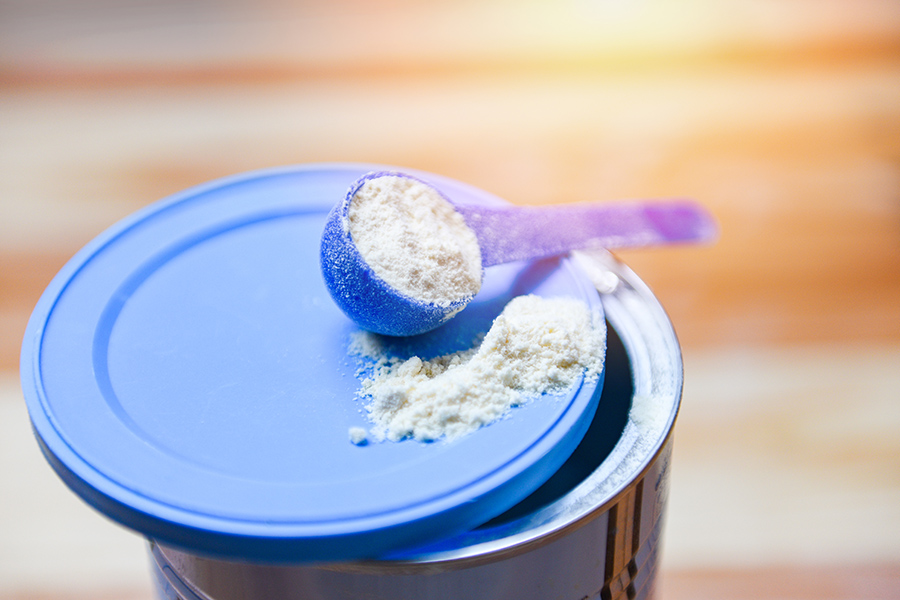

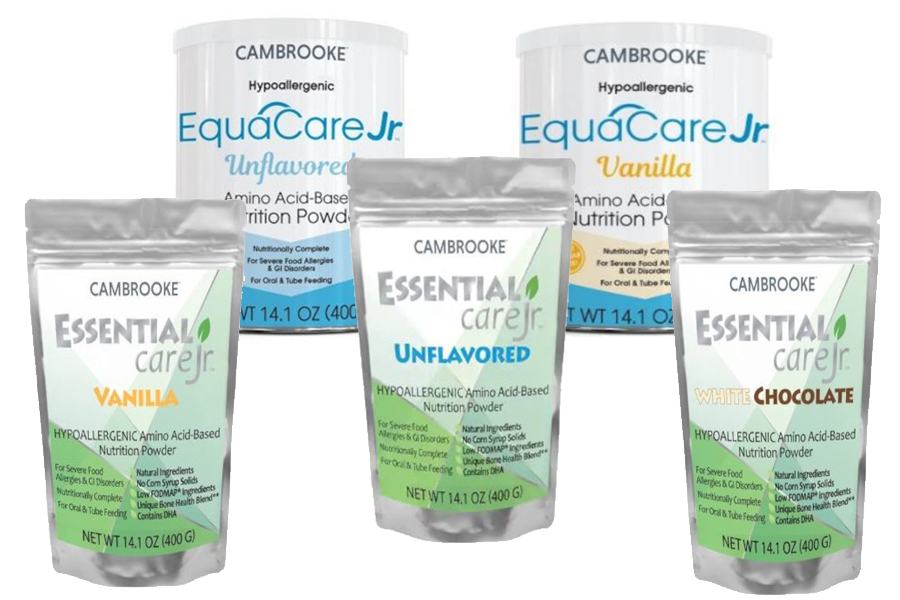
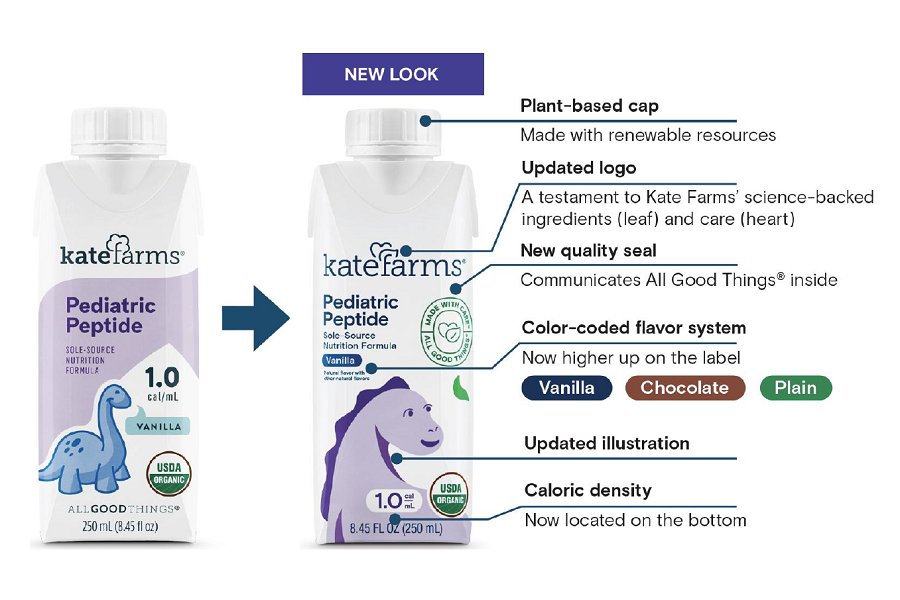

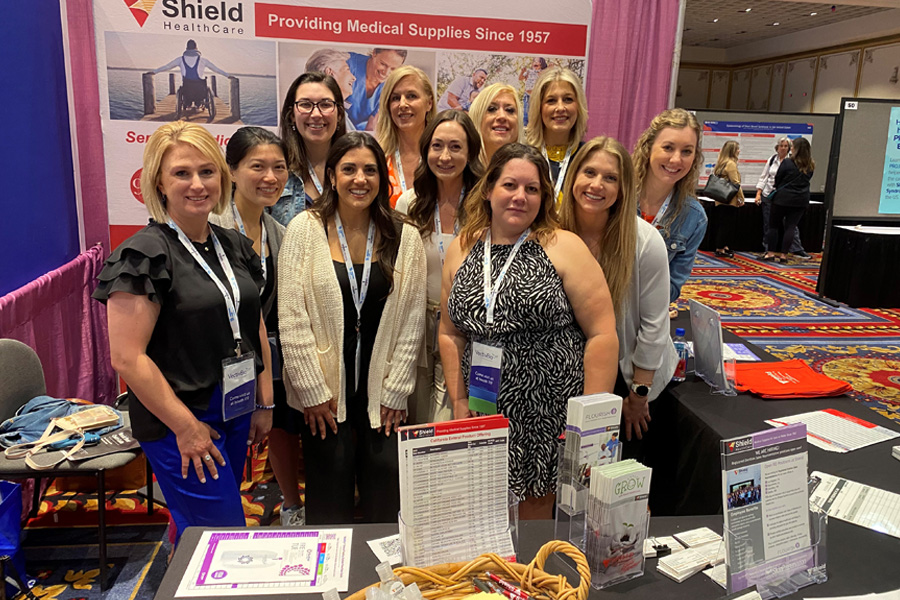


Cost
Where can I purchase
Will insurance cover ( Medicare)
Where in the Okla City area can I purchase the Enteralite system ?
Is there an auto prime feature, where you do not have to hold down the prime button to prime tubing?
How do I make the flow slower on the pump? It’s supposed to run for eight hours and three hours before time is up the formula runs out I’m a doing something wrong???
I have noticed air bubbles in my sons feeding tube coming from the bag after the pump. I`ve noticed it on different days. Different bags and tubes. Could it be the pump? I know I prime it good every time also.
My pump is feeding too fast i put the right amount and it runs out leaving me with adding more formula
I’m using jevity rigid plastic container with a spike tubing. This is a closed system but I’ve had many air bubbles in the tubing. Can you help me solve this problem
How much is too fast when you are mainly giving water for dehydration prevention through gtube? Is 200 too fast?
( over night or during nap time)
Client is notorious for being dehydrated & hospitalized for uti
Can the prime button be used to push the remaining formula in a bag to the baby if there is a good amount left but pump says feed empty, asking cause I say no but a feed nurse supposedly told my granddaughter mother yes